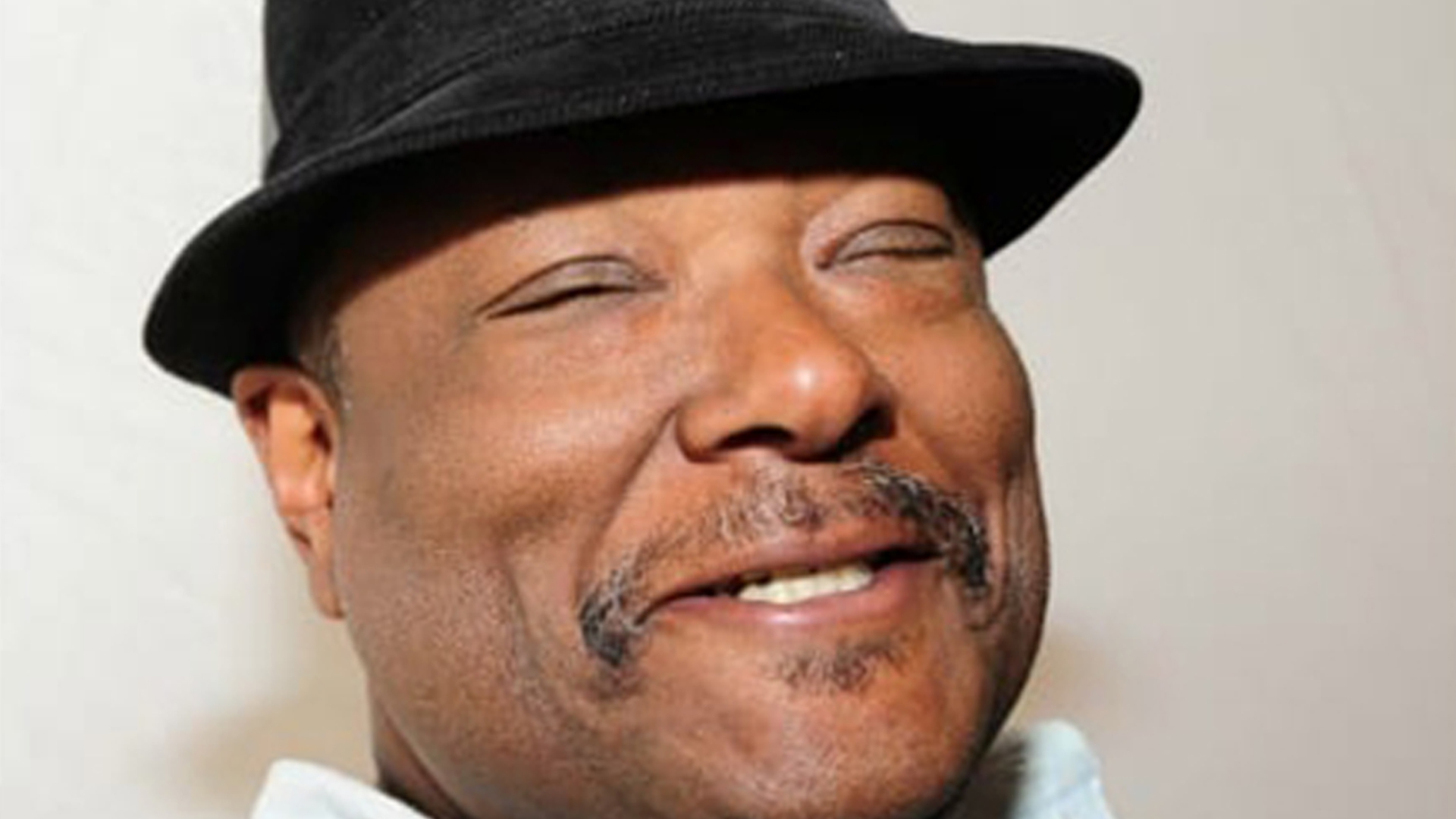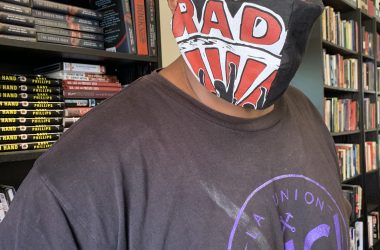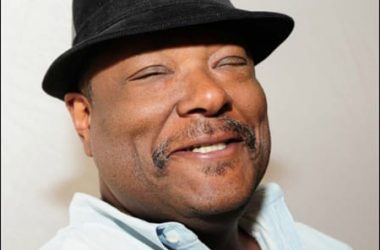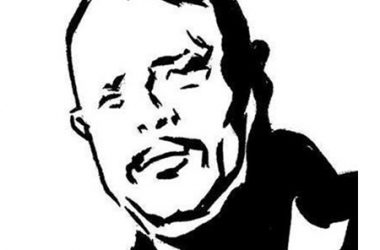By Gary Phillips
CrimeReads
April 18th, 2019
“I came to this country without a passport
Ever since then I’ve been hunted and sought
My little white grains are nothin’ but waste
Soft and deadly and bitter to taste”
—“King Heroin”, co-written and performed by James Brown
1936’s Reefer Madness luridly warned teenagers that smoking weed would result in hallucinations, bad morals and even loosing you mind. While the film was a hoot, it was a fact that in the 1970s there were marijuana smokers who did flip out because the weed they smoked had been laced—sometimes without their knowledge—with phencyclidine, PCP, angel dust. The drug did affect your perceptions, often detrimentally; efforts to combat its usage produced public service ad campaigns as well as such results as a too-earnest ABC Afterschool Special, Desperate Lives, in the early ‘80s. In the TV movie, drug-lords-to-be high schoolers make PCP in their chemistry lab (Walter White’s advanced students?) and Helen Hunt’s character dove out a second story window high on the stuff.
In reality during that period, the LAPD used the pretext of PCP to use the at-times-fatal chokehold, their baton pressed against the carotid artery in your neck. This over-bearing tactic was more often used on a black suspect, be they on angel dust or not. As then Police Chief Daryl Gates horrifically claimed in a 1982 interview in the L.A. Times, “We may be finding that in some blacks when it is applied, the veins or arteries do not open up as fast as they do in normal people.” The chokehold was eventually banned. PCP gave way to crack, and the on-come of the nouveau riche drug lord, and new visions of drugs and policing on-screen, given the “rock” could be cooked up on a stove from powdered coke and sold for a relatively high profit.Article continues after advertisement
The portrayal of drugs and the drug game has had various permutations over the years in novels, films and other media. The drug lord is both vaunted anti-hero and destroyer of their community. At times also the pawn in a bigger context. Tied to this has been a significant shift in the public’s perceptions of the machinations of its government. There have been revelations like the Senate’s Church Committee some 44 years ago which brought to light intelligence agencies engaged in covert actions overseas. Sources like Alfred McCoy’s 1972 book, The Politics of Heroin in Southeast Asia recounted the CIA’s involvement, among other enterprises, with corrupt foreign generals smuggling heroin out of the Golden Triangle. That sections of the government could then have complicity with an entity like a domestic drug gangster for its own ends became not just the province of loony conspiracy pamphleteers.
***
Certainly more than a handful of a Crip or Blood shotcaller found out, just as Breaking Bad’s mild-mannered yet ruthless meth kingpin Walter White did, that in the words of Notorious B.I.G., with mo’ money comes mo’ problems. To look at just one step in the production chain, one of the perennial problems of the queen or kingpin has been importing the product. Yes, White manufactured the goods, but his erstwhile employer Gus Fring had to worry about bringing in the chemicals in bulk to make White’s “blue.” In practice, this has usually meant secreting product like the Colombian Marching Powder away in trucks or planes and bribing cops or other types of officials to look the other way, although sometimes it’s the law who has a hand in the smuggling for their own reasons, be they lofty or motivated by greed. Certainly more than a handful of a Crip or Blood shotcaller found out, just as Breaking Bad’s mild-mannered yet ruthless meth kingpin Walter White did, that in the words of Notorious B.I.G., with mo’ money comes mo’ problems.
The drug trade in cinema addressed the practicalities of smuggling early on. In the original Superfly, Youngblood Priest is looking to make one last big score and get out of the hustle for good. In the film’s final showdown at the waterfront, he confronts deputy police chief Reardon who apparently has been his protection. The deputy chief tells Priest he ain’t getting out, that he works for him and he’s going to keep the green flowing. Priest calmly sniffs a couple bumps of coke and karates the hell out of the two crooked cops guarding the deputy chief to make it clear he is indeed walking away.
Kenyatta took it further than Priest; he wasn’t just looking to quit the game, but eliminate the ones poisoning the ‘hood—be they slinger, corrupt cop or higher up. He was the unique politicized gangster of four novels by one of the Godfathers of Street Lit, Donald Goines, although an antecedent of his is echoed in Ali La Pointe, the petty thief turned revolutionary in the film The Battle of Algiers—once upon a time required viewing by members of the Black Panthers. With a revolving crew of pistoleros, Kenyatta set out to accomplish his agenda usually via the barrel of a gun. In Kenyatta’s Last Hit, he’s on the trial of Clement Jenkins, King Heroin himself. He sits above his empire in the Sands hotel and casino on the Las Vegas Strip not only drug dealing but manufacturing nerve gas for the government.
As Kenyatta prepared for his assault on Jenkins’ stronghold, Goines observed from his character’s POV: “They also knew there were going up against men, possibly white men, who had the law on their side. They were the controlling powers, the fat honkies who sat back in their leather office chairs dealing out death and corruption with one flick of their pudgy pink fingers.”
Further up the conspiracy chain, and getting closer to the truth of the matter, is the 1990 comedic Air America, in which two footloose pilots played by Robert Downey Jr. and Mel Gibson are flying opium and guns in and around the Southeast Asian Golden Triangle at the behest of the CIA. The Agency, as stated in the nonfiction 1978 Air America book by Christopher Robbins (the basis of the feature film), was backing figures like corrupt Laotian generals as long as they were fighting communist insurgents throughout the 70s and 80s. As cultural counterpoint, in Mrs. Pollifax and the Golden Triangle (which sounds like Kojak meets Masterpiece Theater) by Dorothy Gillman, the status quo is restored as the 1988 novel subverts what McCoy posited.
The plot involves a CIA officer named Lance Mornajay. He’d spent all these years in Thailand during Vietnam and for a while the karate-chopping Emily Pollifax and Upstairs at Langley suspect he’s a drug warlord. But in the end it turns out he’s been trying to stop his evil brother, and the Agency is smoothly working hand-in-hand with the DEA in a forthright war on drugs with no behind the scenes shenanigans.
Such is a bit different in Narcos: Mexico on Netflix. Set in the ‘80s but viewed through the lens of revisionism, the centerpiece of this incarnation of Narcos is the kidnapping, torture and murder of undercover DEA agent Enrique “Kiki” Camarena. In the miniseries, as elsewhere, it’s posited that a dustup between the CIA and DEA over hiding the Agency’s relationship with a cartel boss (who’s been arming the contras) has led to the agent’s capture and death. The covert warfront had indeed shifted. Another nonfiction book, the late Gary Webb’s Dark Alliance, had at its center a profitable relationship between South Central L.A. drug lord “Freeway” Rick Ross and the shadowy Oscar Danilo Blandon. Webb and Ross alleged that Blandon, a so-called CIA cutout, was arming and financing the anti-communist contras in Nicaragua via sales of coke to Ross.
FX’s Snowfall, (full disclosure, I was a staff writer on the show) now going into its third season, takes its cue from this partnership and gives the viewer the machinations of young kingpin in the making, Franklin Saint, who introduces crack into South Central in the mid-‘80s. Saint’s crew includes his Uncle Jerome, who used to sell a little sherm, a Nat Sherman brand cigarillo of tobacco mixed with weed and sometimes dipped in angel dust, his ex-addict Auntie Louie and enforcer Leon Simmons in the lineage of small-in-stature hot-headed tough guys (think Cagney as Tom Powers in Public Enemy). Saint gets his blow from a square looking white drug dealer named Reed Thompson—a man who we the audience know is really CIA noc (non-official cover) officer Teddy McDonald. He rationalizes this criminal activity he’s hip deep in as for the greater good; by supporting the contras, he’s stopping communism from taking hold in Central America. Snowfall, like its many predecessors from The Roaring Twenties to The Wire, is about the gangster shit that gangsters do, but the storyline also takes a socio-political look at the horrific effects crack had on the black community, and the government policies that enabled crack to take hold.
***
The notion that secretive echelons of government having a hand in the flooding of drugs in the ‘hood has its origins beyond the realm of idle speculation. From the Tuskegee Experiment in the ‘30s wherein black male subjects were intentionally infected with syphilis and not told to track the results; to the efforts of the FBI’s COINTELPRO, counter-intelligence program, to undermine and disrupt the achievements of Martin Luther King Jr. and the Black Panthers, to the revelations of the CIA and other intelligence agencies involvement in foreign assassinations, fielding domestic agent provocateurs and so forth, these revelations certainly made for fertile ground from which a more wicked crop might spring. After Dark Alliance was published and its allegations divided the public, then CIA director John Deutch appeared at a raucous town hall in Watts put on by Representative Maxine Waters.
As was reported in the L.A. Times, there was, Deutch said, “no evidence of a conspiracy by the CIA to encourage drug trafficking from Latin America during this or any other period.”
Many remained skeptical. This cynical view frequently bubbled up in comics. In the ‘50s, various stories preached about marijuana being Satan’s cigarettes. But in 1971, the landmark issue of The Amazing Spider-Man #96 was published without the Comics Code seal of approval wherein Peter Parker mused, “My life as Spider-Man is probably as dangerous as any, but I’d rather face a hundred super-villains than toss it away by getting hooked on hard drugs!” By the time we get to the recent graphic novel 2 Guns by writer Steven Grant and illustrator Mateus Santolouco, it didn’t strain credulity when this unforeseen massive cash robbery is realized by two undercover agents. The two are hiding their identities from each other (DEA and NCIS), that part of the swag represents the ten percent the CIA dings drug lord Papi Greco. Seems he uses their planes to fly in his yayo. And the Agency is rather emphatic about getting their Benjamins back.
The recent Birds of Passage, nominated for an Oscar in the foreign film category, gave us an unusual take on the drug arena, looking at the personal consequences of the drug trade. Tony Soprano’s New Jersey is transmuted to La Guajira and the Wayuu, an indigenous tribe in an arid region of Columbia. Beginning in the 1970s and spanning a generation, we follow what happens to two families involved in smuggling marijuana—developing routes the cocaine cowboys would later use. While there is the presence of a matriarch, Ursula, mo’ money also brings the gangster trappings such as McMansions in the middle of the desert and banks weighing cash as there was too much to count. As co-director Cristina Gallego observed in an L.A. Times interview, “It’s a film about the clash between feminine thought and masculine actions.”
Those actions always have reactions for the men and women caught up in it, and the innocent catch hell. The game continues.




